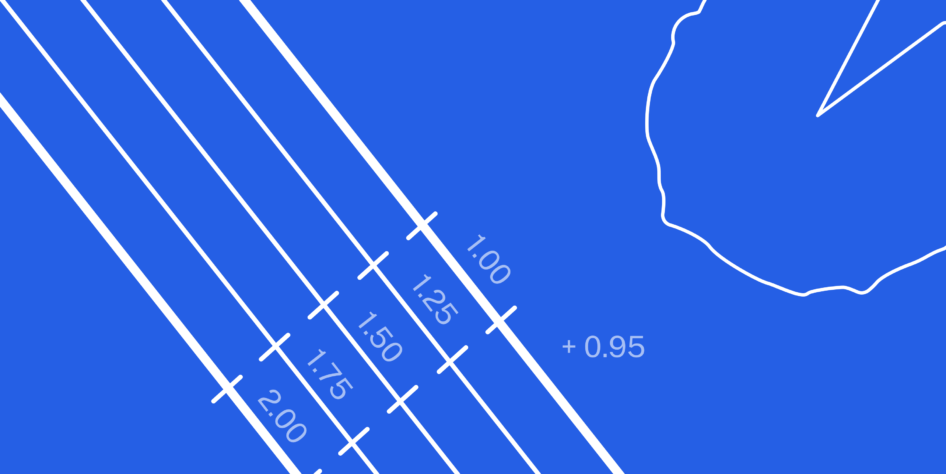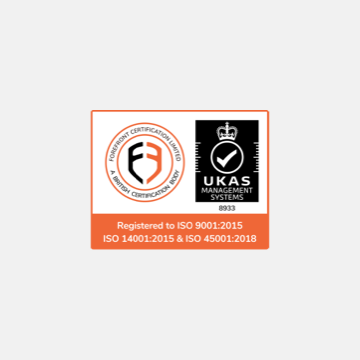
Topographical Surveys
Our skilled and efficient staff are on hand to provide topographical surveys for projects of all sizes, from ‘back garden’ surveys on local datums through to large-scale development projects covering hundreds of hectares.
All surveys are carried out in accordance with the standards and guidelines set by The Royal Institution of Chartered Surveyors (RICS), using GPS, 3D scanning technology and the latest Trimble instruments.
Our rigorous in-house quality inspections ensure that all topographical surveys are monitored and checked by a senior surveyor for accuracy and are delivered to the accuracy of the clients’ specification.
Frequently Asked Questions
What is a Topographical/Topographic survey?
A topographical survey is a detailed survey of all the natural and manmade features of the lands surface. This typically includes things like rivers, buildings, roads, street furniture and flora. The data points for the final topographic map are collected in three dimensions and are correlated to Ordnance Survey grid and orientated North. For deliverables, this can be shown in two-dimensions or three dimensions, dependant on the needs of the client. The final deliverable can include contours, spot heights, elevations and other major features that accurately represent and describe the landscape surveyed.
How are topographical surveys carried out?
Topographical surveys are carried out using several different methods but the principles for each remain the same. First the area to be surveyed needs to be defined and the extent of survey established. In this step any priority/crucial information can be decided including scale, accuracy and features to be surveyed.
Prior to fieldwork, a site visit or a quick search of satellite imagery from google maps can be conducted to get an initial feel for the survey area and its scale. From this the most suitable method or combination of methods can be selected to best survey the site.
With the site defined and scope of requirements known, the equipment for the job can be selected. This can be in the form of total stations (for mapping angles and distances), drones (for aerial photogrammetry), scanning (for high detail or complex features such as engineering plant and equipment), handheld scanners (for mobile mapping which is quicker but not as accurate as terrestrial scanners), Global Positioning System (for establishing initial control) and digital level (for higher accuracy of levelled features).
Topographical surveys are based on working whole to part. So, the first instance is to establish a primary control network around the site to be surveyed. This involves using a GPS device to establish a two-point baseline, with multiple 3-minute observations taken to get an accurate fix on the established point. Two of these points within line of sight of each other form a baseline from which the rest of the control network can be established. These established points have known coordinates in Eastings, Northing and Elevation. This is done using a total station, which can accurately measure angles and distances. Through this network of control stations, surface feature detail can be picked up which forms the linework of the topographic map itself.
With the data collected it needs to be post-processed in an office using specialised software to integrate the data points into CAD. Here the mapping is tidied up and any quality control checks can be reviewed to ensure the data meets the standards set in the specification.
How accurate is a topographical survey?
Topographical surveys can vary in their accuracy depending on several factors such as the method used and site conditions.
The most traditional method is the total station and level, these tend to have accuracies around 20-30mm, though that is dependent on factors such as the user, weather conditions, site conditions etc. You can expect a thorough survey with accurate levels with this method, although it may be more time consuming.
Terrestrial scanners are very accurate and will produce a point cloud data set the surveyor will use for plotting the topography of a site. One limitation is they can only record data of what the scanner “sees”, meaning details can be obscured by foliage or other obstructions. A diligent surveyor will work to ensure set ups reach around obstructions, so provided the information is provided in advance time would be allowed to ensure full coverage. In a similar sense, levels across grass and such will need to be done with a GPS or a total station as the scanner will mostly pick up the top of the grass and not the actual ground level. Scanners are useful for picking up complex detail or detail that may be hard to reach. They also require good weather conditions, as any rain or snow will block view of the scanner.
Handheld/Mobile scanners provide a more affordable and quick approach to scanning but are not as accurate as terrestrial scanners. Though due to their mobility they can observe more of the site quicker and can be used to focus on areas to get more detail.
GPS can not only be used to establish the baseline control for the survey but also to carry out the survey itself. Though not as accurate as a traditional total station method, there are benefits in terms of speed and being used by one person. However, GPS accuracy is dependent on the number of available satellites, also any high details, such as trees and buildings, can have a negative impact on GPS signal.
Drone Surveying isIdeal for large, hard-to-access locations. It is a less accurate form of survey but depending on the clients needs it can provide a great solution. Like with scanning is can only record what it “sees” so features obscured in view from above will not be surveyed and levels on soft areas will not be highly accurate. Many clients commission a drone survey to provide an overall aerial photogrammetric view of a site to in support of the more accurate topographical survey.
What is considered when costing a topographic survey?
When determining the cost of a topographic survey there are several factors that must be considered:
Survey area size: larger survey areas take more time to complete which results in higher costs. Smaller sites may have a lower cost if they can be completed in a shorter amount of time.
Survey complexity: the nature of the site itself and what needs to be surveyed can influence the cost. Urban environments have a lot of detail to be picked up and may require the need of traffic management or other permits to complete the works, though this can be mitigated by the survey technique used.
Survey method: the survey method used influences the cost of the survey greatly. Traditional methods can take longer and be more labour intensive but are more accurate and thorough. In comparison Lidar, drones or photogrammetry can be quicker on site but they may take longer to process in the office to generate the point clouds and then create the drawing from the data.
Detail required/accuracy: a basic survey showing only the main detail such as buildings or roads is a lot quicker and therefore doesn’t cost as much. A full detailed topographic survey takes more time on site, picking up all the features, leading to higher cost.
Site location: location of the site influences needs to be considered as factors such as travel time, the need to stay away and other logistical planning can all increase the cost. Some areas may also require special permits from local authorities or help with arranging access. Acquiring these permits can take time which can affect the cost of a survey.
Deliverables: a simple 3D/2D dwg or pdf deliverable is easier to provide than a complex one that might involve the point cloud, photogrammetry or a Revit model as these take longer to produce and are also in larger file formats.
Time Restrictions: if the survey needs to be completed during quiet hours such as the weekend or at night/outside normal working hours then the cost of the survey can increase.
When might I need a topographical survey?
There are a few reasons why you might want a topographic survey carried out, the following is a list that may help you find the most suitable.
Construction – when planning and designing buildings, roads and other infrastructure, knowledge of the existing landscape is required. The most beneficial knowledge will be levels of the ground for designing roads and buildings, but also knowledge of existing infrastructure to connect into or avoid.
Land development – for development of land in commercial and residential endeavours, the lay of the existing land needs to be surveyed so that designs can be produced to the specific topography of the site.
3: Flood risk assessment – for the assessment of risk of flooding to commercial and residential areas. Knowledge of ground elevation, contours and drainage routes are crucial to accurately understand and map flood zones. Knowledge of riverbank heights and average water levels in a river or lake are needed to understand its maximum capacity.
4: Keeping up to date records – topographic surveys reflect the features of the landscape when the survey took place. As time passes, the nature of the landscape can change, meaning an older topographic map becomes irrelevant. This may mean a small area needs to be surveyed or the whole area to update the land.












